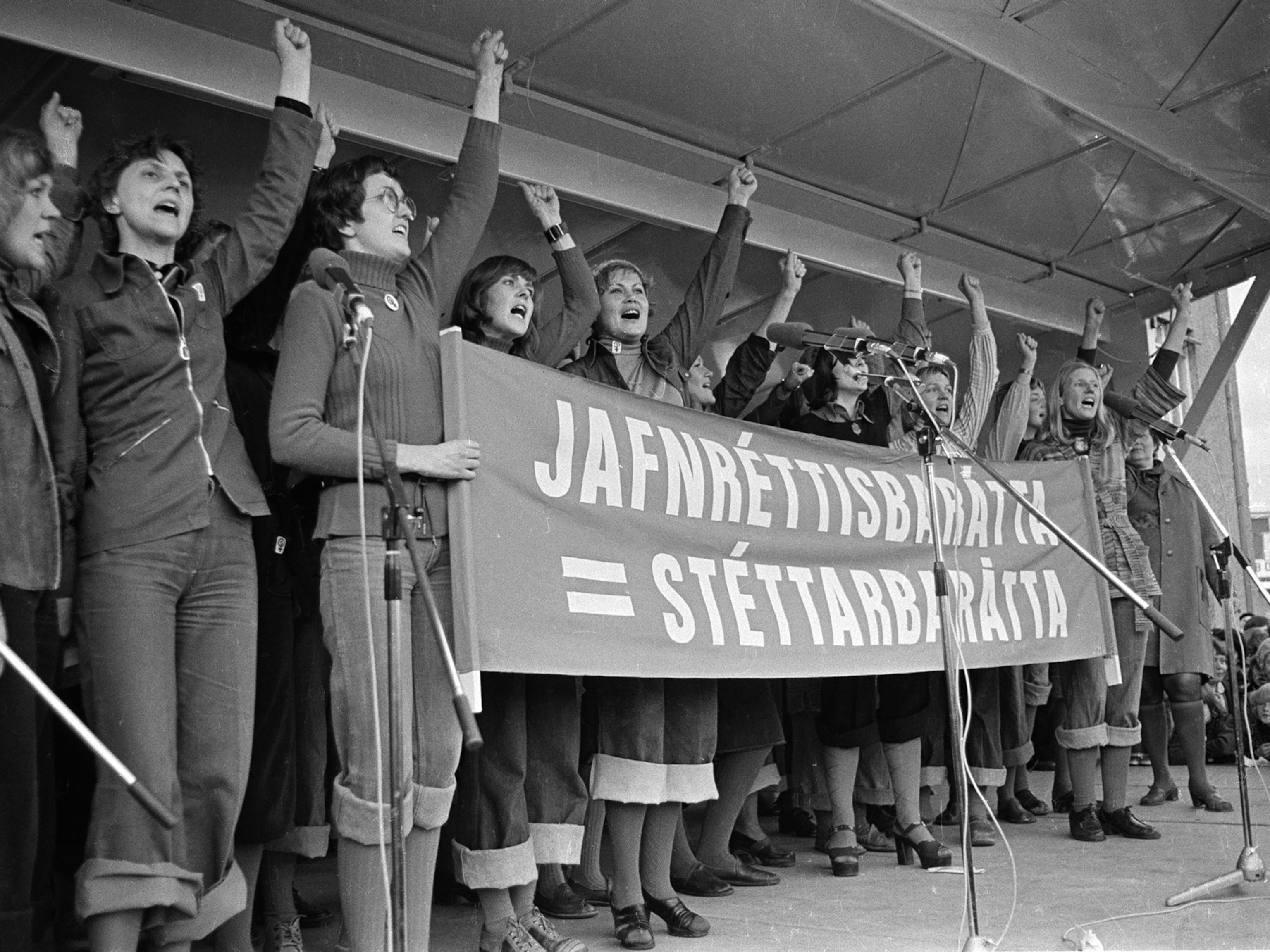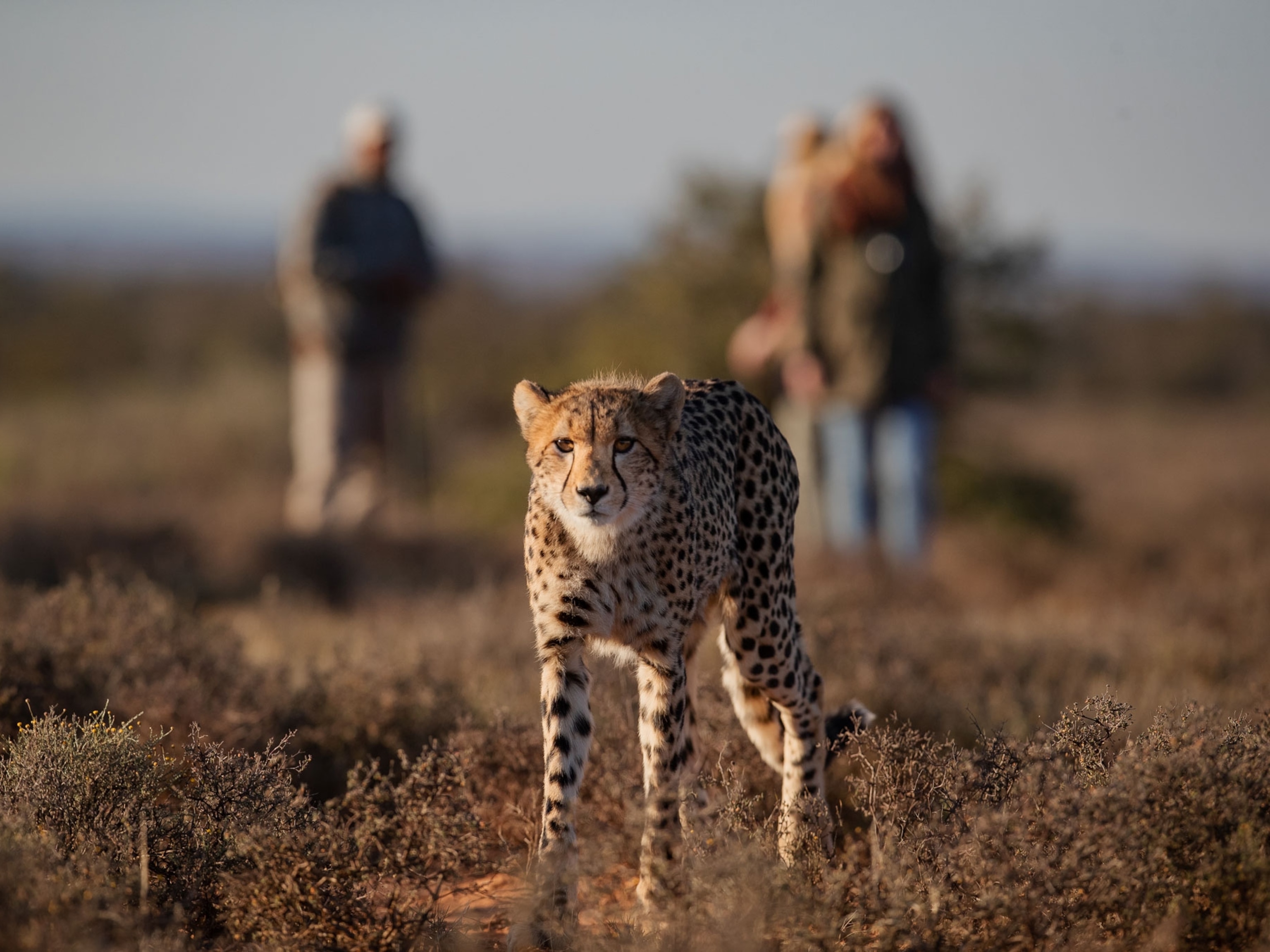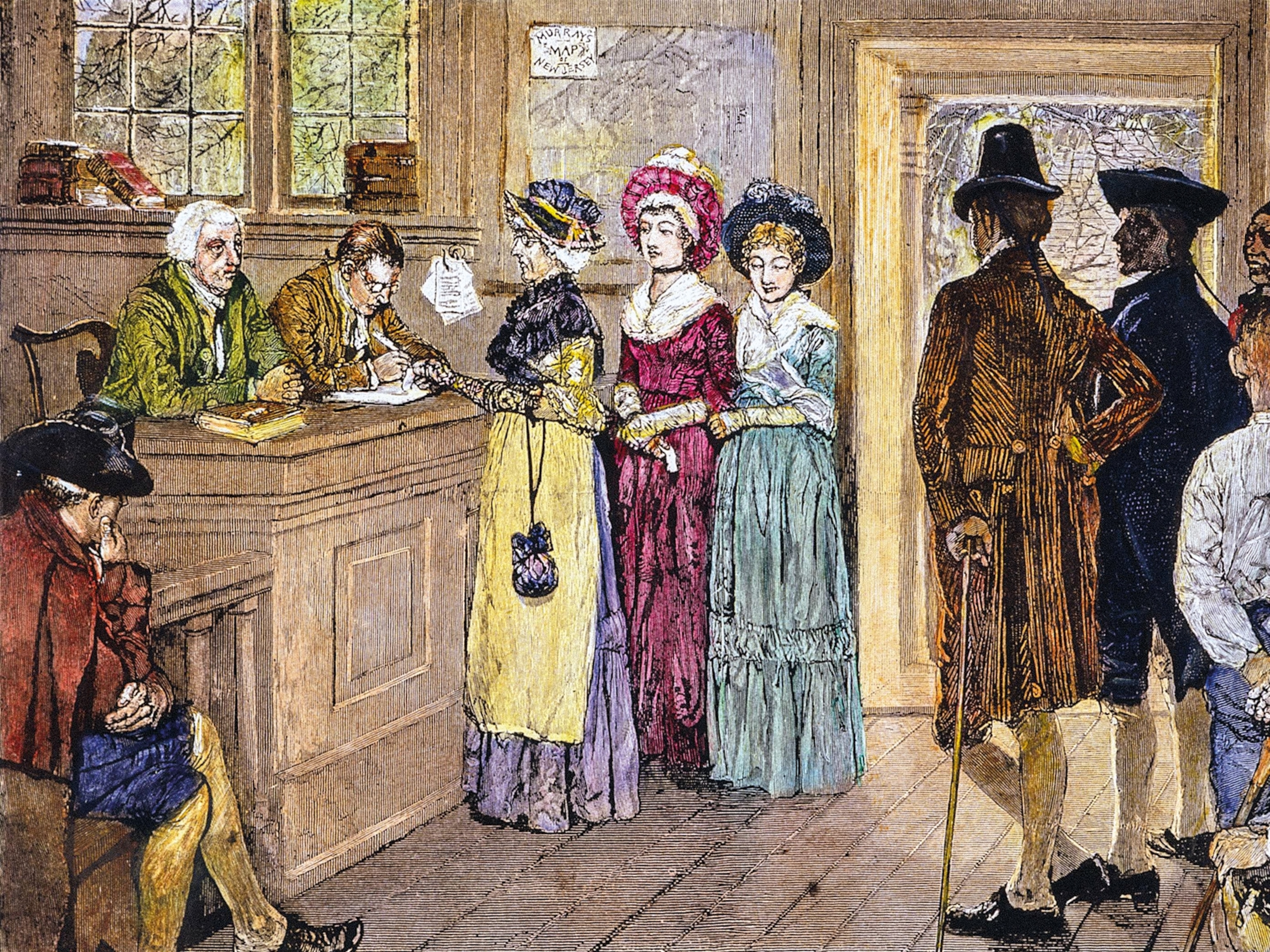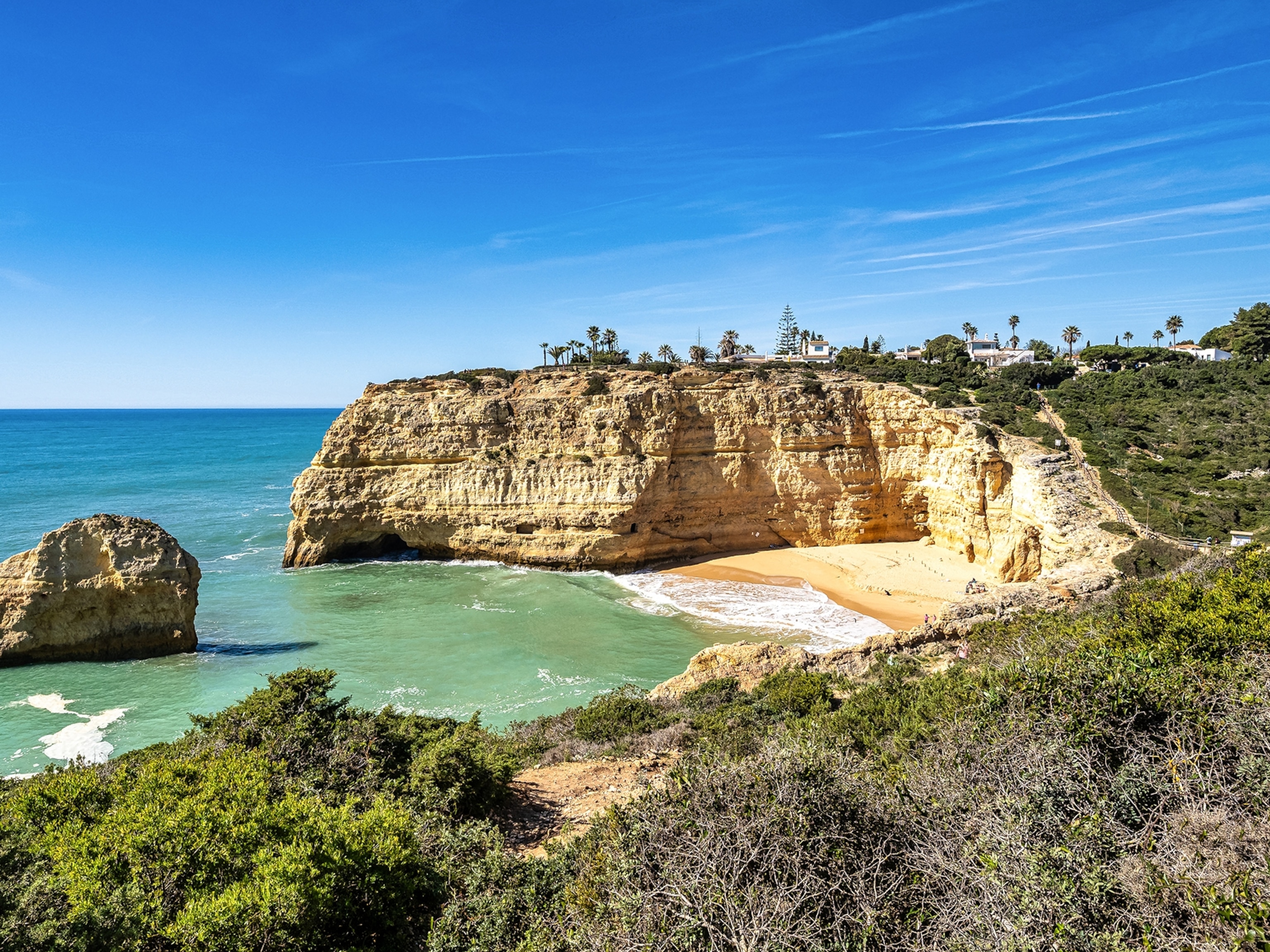
Women lead the way in the world’s next great surf spot
Along Chile’s vast, rugged coastline, female surfers shine in competition and conservation.
I’m standing with my surfboard on the beach in Pichilemu, Chile. It’s January—the height of the Southern Hemisphere’s summer—the sun is out, and there’s a near-constant breeze rolling in off the Pacific Ocean. A series of black-sand coves frame the main attraction in these parts: Punta de Lobos, a left-hand point break that curls gracefully (in gentle conditions) around an outcropping of jagged rock.
This scene could be in Maui or Southern California—except the trees are pine, not palm; the water hovers around 60ºF; and there’s hardly anyone around. Sheathed in a 4/3mm Quiksilver wetsuit—appropriate for “winter-worthy warmth”—I haul myself onto my board and start paddling out with equal parts thrill and terror.
With roughly 2,500 miles of north-to-south coastline, Chile is truly one of the last frontiers for surfing. Visiting surfers will find mile after mile of unexplored and empty beaches and waves, backed by a smattering of welcoming fishing villages. The cold water, remote location, and lack of tourism infrastructure has meant that Chile has remained off the radar for most globetrotting surfers, who head instead to places like Ireland and China if they’re looking for adventure, Bali and Hawaii if they’re not.
(Learn about surfing’s surprising history.)
But the past 20 years have seen a notable increase of interest in the sport, and with the development of a surf culture that is uniquely Chilean, there’s also been a greater emphasis on community and sustainability. Homegrown surfers are some of the most audible voices lobbying to protect the raw gems they know they have, and in more recent years, those voices have become more and more female. In a country which, pre-pandemic, was in the midst of social change, women are riding a swell of community activism, at the forefront of both a developing political movement and the advancement of a sport.
Undiscovered waves
The unofficial surf capital of Chile, Pichilemu is a small, former fishing hamlet of 15,000 inhabitants located roughly 130 miles south of Santiago. Its resident wave—the left-hand Punta de Lobos, meaning “Wolves Point”—can produce waves upwards of 20 feet.
In 2017, after a successful joint effort of fundraising and campaigning by the non-profit Save the Waves Coalition, outdoor gear company Patagonia, and a locally established nonprofit called Fundación Punta de Lobos, the coast was dedicated as the seventh World Surf Reserve, protecting the break and surrounding area from future development.

And in 2020, the Chilean government approved the creation of Piedra del Viento Coastal Marine Sanctuary. The sanctuary protects 10,000 acres of coastline north of Pichilemu and is the first protected area in Chile to take wave protection and surfing into consideration, preserving six notable surf breaks.
Other small, developing surf towns, such as Matanzas, Reñaca, and Totoralillo—all north of Pichilemu and outside of the protected areas—are also growing in popularity alongside Pichilemu. And though the conservation projects are on a smaller scale as of now, so is the development. These places can easily be compared to California in the 1950s, when bobbing boards in the water were still a novelty and jerry-rigged thatched beach huts hawked rentals and lessons to the few that came seeking the laidback surf culture.
(Winter surfing is hot. Can it survive climate change?)
It’s all new here, but “there’s so much potential [for surfing] in Chile if we can manage to protect the source of it all,” says Ramón Navarro, the name most often associated with Chile surf, both as an athlete and as an advocate for its protection. He was the first Chilean to become known in the international competitive circuit, as well as the on-the-ground guy leading campaign efforts.
Mainstream surfing in Chile traces its roots to the 1970s, when youth started seeing Brazilian tourists bring boards over on holiday, searching for new waves outside of their country, where the sport was much more established. Before that, it had been considered the realm of rich kids, or just simply unattainable, as there was nowhere to buy a board.
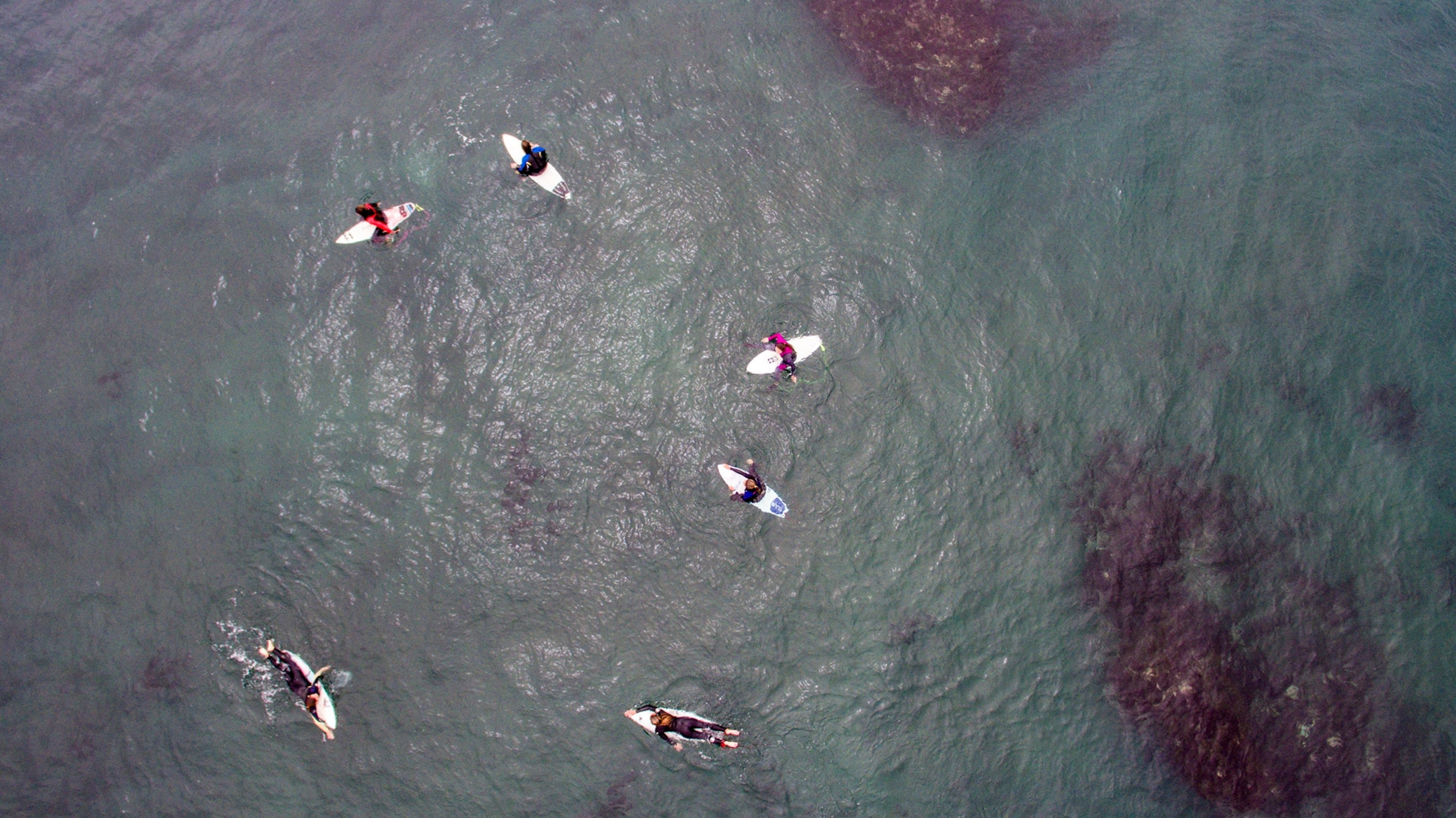
In this male-dominated sport, women only began showing up on boards in the ’90s. This may have inadvertently paved the way for the future fight for women’s equality in Chile, which crested with international attention in late 2019, at the height of the #MeToo movement.
A rallying cry and dance first performed by Chilean feminist group Las Tesis spread across the globe, adopted and adapted by #MeToo activists worldwide to denounce the violations of women’s rights. “It wasn’t my fault; not where I was, not how I dressed,” was chanted in multiple languages, from India to Turkey to the United States, where the powerful anthem was performed in January 2020 outside the New York courtroom where Harvey Weinstein was standing trial for rape.
Ladies of the lineup
“It was definitely a powerful moment” for Chilean women to watch a movement they started go global, said Jessica Anderson, a 30-year-old competitive surfer. For Anderson, it was a welcome— and uncommon—occasion of challenged gender norms, as “the culture here was and still is very machista [male chauvinistic], but surfing, and sports in general, helps to break that.”
(Women are taking charge of their future around the world.)
Anderson, whose parents were Christian missionaries and former California surfers, was raised in Pichilemu. Growing up, it was nothing more than a dusty, unpaved fishing village of wide beaches and rocky cliffs.
In 1993, when Anderson was three, Chile hosted its first World Surf League event, 1,200 miles up the coast in a town called Iquique, just off the spot where the country’s border meets Peru. The event took place nearly 30 years after the formation of the organization that represents professional surfers around the world. By then, other wave-rich countries were on their second, third, or even fourth generation of surf legends.
“For reasons that remain unclear, the sport was slow to catch on [in Chile]; northern neighbor Peru had taken to surfing with gusto decades earlier, and Brazil was on its way to becoming a world surfing power,” notes author Matt Warshaw, in The Encyclopedia of Surfing.
“It’s been a slow-growing sport here,” Anderson agrees. With barely any surf shops to be found (the first one opened in Santiago in 1985), Anderson’s dad “would get friends and churches from the United States to donate surfboards and wetsuits, and we would share all our equipment with friends. A few Brazilian surfers would come into Pichilemu, and everyone would buy boards off of them.” That’s how Anderson got her first shortboard when she was 15.
It’s only in the past 10 years that “surfing has caused a massive change in Pichilemu,” she says, and women are a big part of the growth here, particularly due to the efforts of Trinidad Segura. She’s a fellow Pichilemu local and Anderson’s sometimes-competitor in the water.
In 2011, Segura started Sirena Producciones, a company whose mission is to encourage women to participate in surf. Segura played an integral role in hosting Chile’s first World Surf League qualifying series event in which a women’s champion was crowned. Held on Punta de Lobos, the Maui and Sons Pichilemu Pro started in 2014 and has been held annually since. (The World Surf League has yet to host a men’s qualifying series event on the same famous break.)
“It’s hard to be a woman, and harder to be a female surfer,” Segura says. “I wanted to start something that could bring us together and create a community, but I also wanted to bring media attention to my friends. There isn’t a lot of sponsorship opportunities for female surfers, especially in Chile.”
Today, there’s a lineup of recognizable female names, like 22-year-old Josefina Vidueira, who works with brands like O’Neil. In 2014, at the age of 15, she was one of 75 promising young surfers to receive the International Surfing Association’s Individual Scholarship, meant to help relieve the cost of competition fees and surfing equipment. Twenty-six-year-old Lorena Fica, backed by Rip Curl, is one of the highest ranked Chileans in the World Surf League, having won the national championship five times, while Paloma Santos, at the age of 21, has taken the national championship twice.
“[Pichilemu] has turned into a fun surfer town with everything you need and lots of things to do,” says Anderson. “I have had the privilege of surfing all over the globe and there’s nothing to envy from any of those places, except maybe the warm water. There can be a lot of ego in the lineup, but you have to toughen up and fight for your waves like the guys.”
A hospitality infrastructure built around sport is growing in Pichilemu, and, in most cases, following a similar model of sustainability. Hotel Alaia, a 12-room surf lodge of upcycled oak and black rock, is the perfect study of Chile’s unique low-slung, earth-colored architecture. That’s where I meet up with Segura, chatting around a communal fireplace overlooking a bank of windows perfectly positioned to check the surf. Nearing the end of her pregnancy, Segura had recently hung up her board for the time being; the camaraderie of her fellow surf ladies was what she missed the most, she says.
“Seeing the women in our country start a movement around the world was rewarding to watch,” she says. It’s something for which Segura served as a catalyst, making waves in her hometown of Pichilemu, giving women the voice they deserve in a sport she loves.
“There’s a movement happening here as well,” she says. “That’s what I love about surf: It can bring people together.”
Lacy Morris is a freelance writer, editor, and photographer. Follow her adventures on Instagram.
This story was updated to correct the name of the woman in the second photo.


